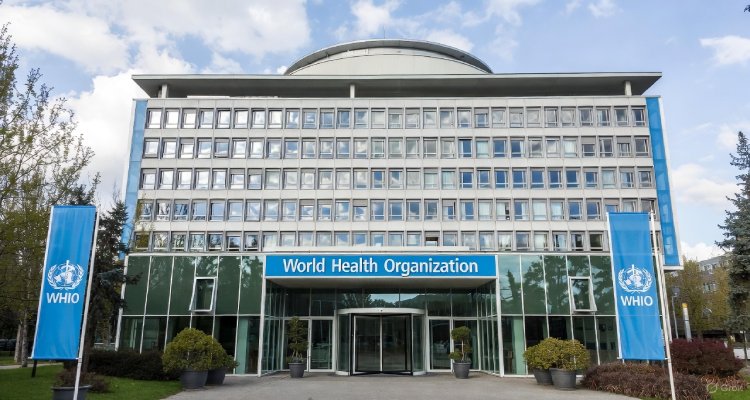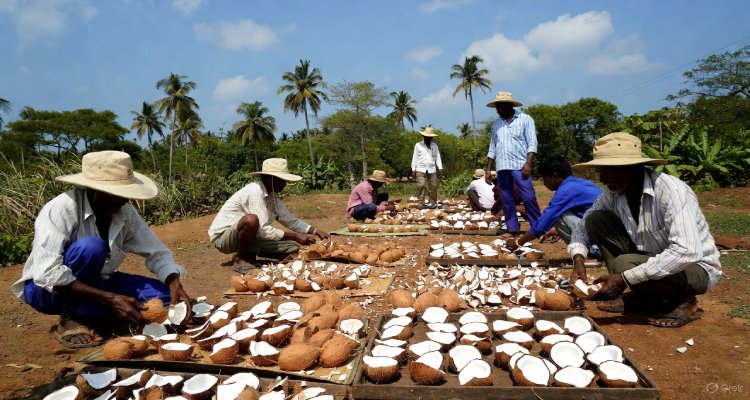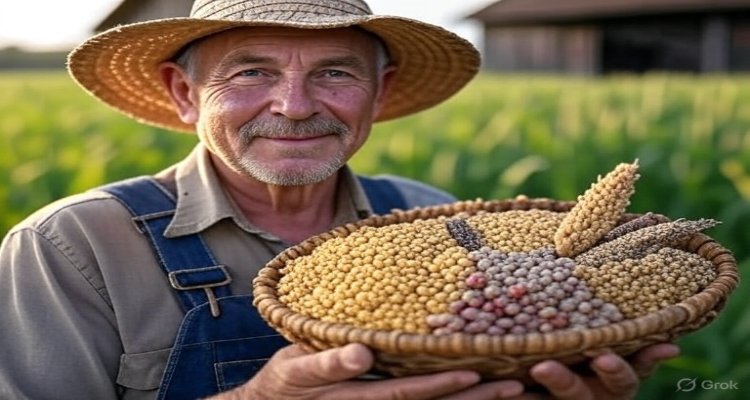Why Forgotten Ancient Grains Could End the Modern Food Crisis
Ancient grains like millet, amaranth, and sorghum may hold the key to tackling today’s global food crisis by offering nutrition, resilience, and sustainability.
Introduction: A Grain of Hope in a Hungry World
As climate change disrupts harvests and global hunger rises, a surprising solution is emerging from the past: forgotten ancient grains. Once staples of civilizations across Asia, Africa, and the Americas, these nutrient-rich crops have largely been overshadowed by modern monocultures like wheat, rice, and corn. But as the modern food system faces unprecedented strain, experts argue that reviving these ancient crops could reshape the future of global nutrition.
Context & Background: The Decline of Food Diversity
In the last century, agriculture has increasingly leaned on a few high-yield crops. According to the Food and Agriculture Organization (FAO), just three—wheat, rice, and maize—account for more than half of the world’s calorie intake. While efficient for industrial farming, this dependence has left the global food chain vulnerable to pests, climate shocks, and market volatility.
Ancient grains, however, tell a different story. Crops like millet, quinoa, teff, amaranth, fonio, and sorghum sustained civilizations for millennia before being sidelined by colonial trade, industrial agriculture, and changing diets. These grains were resilient, adaptable, and deeply tied to local food traditions. Today, as the world faces a worsening food crisis, their comeback could be more than cultural—it could be life-saving.
Main Developments: Why Ancient Grains Matter Now
Climate Resilience:
Ancient grains are naturally drought-tolerant and thrive in harsh soils where modern crops fail. For example, sorghum can grow in semi-arid regions with little water, while millet withstands extreme heat.
Nutritional Powerhouses:
Unlike many refined staples, ancient grains offer high protein, fiber, iron, calcium, and essential amino acids. Quinoa, known as the “mother grain” of the Andes, contains all nine essential amino acids, making it a complete protein.
Biodiversity and Sustainability:
Growing diverse grains reduces dependence on monocultures, lowers the risk of crop failure, and supports soil health. Crops like teff enrich farming systems by requiring fewer chemical inputs.
Rising Global Interest:
International bodies like the UN have declared 2023 the International Year of Millets, signaling growing recognition of these grains’ potential. From African governments promoting fonio to health-conscious consumers in the U.S. embracing quinoa, the momentum is global.
Expert Insight: Voices from the Field
“Ancient grains are not just food, they are climate-smart solutions,” says Dr. Vandana Shiva, environmental activist and food sovereignty advocate. “By bringing back diversity to our fields and plates, we reduce dependency on fragile monocultures and create healthier societies.”
Nutritionists also highlight their potential. According to Dr. Walter Willett, Professor of Epidemiology and Nutrition at Harvard, “Shifting even part of global diets toward ancient grains could dramatically improve micronutrient intake and reduce chronic disease risks.”
Farmers are weighing in too. In India’s arid Rajasthan, millet farmers are reporting higher resilience compared to those growing water-intensive rice. Similarly, West African farmers cultivating fonio describe it as a “climate insurance crop.”
Impact & Implications: From Farms to Supermarkets
- For Farmers: Reviving ancient grains could empower smallholders with crops that require fewer resources, lowering production costs.
- For Consumers: Wider adoption could mean more affordable access to nutritious alternatives, combating both malnutrition in developing nations and lifestyle diseases in wealthier countries.
- For the Planet: Reduced dependence on chemical fertilizers and irrigation aligns with sustainable development goals, curbing agriculture’s carbon footprint.
- For Policy & Trade: Governments may need to redesign subsidies and support local markets to make these grains economically viable on a larger scale.
However, challenges remain. Ancient grains often yield less than industrial crops, and scaling up production requires investment in processing, supply chains, and consumer education. Without addressing these gaps, they risk being confined to niche health food markets instead of serving as mainstream staples.
Conclusion: Returning to the Roots of the Future
The world’s food crisis demands innovation, but sometimes innovation means looking back. Ancient grains—resilient, nourishing, and sustainable—offer more than a nostalgic return to tradition. They provide a blueprint for a food system that is both climate-smart and people-first. If governments, farmers, and consumers embrace them, these humble crops could indeed be the grains of hope the world so desperately needs.
;Disclaimer : This article is for informational purposes only. It does not substitute professional dietary or agricultural advice. Readers should consult qualified experts before making decisions related to health or farming practices.











